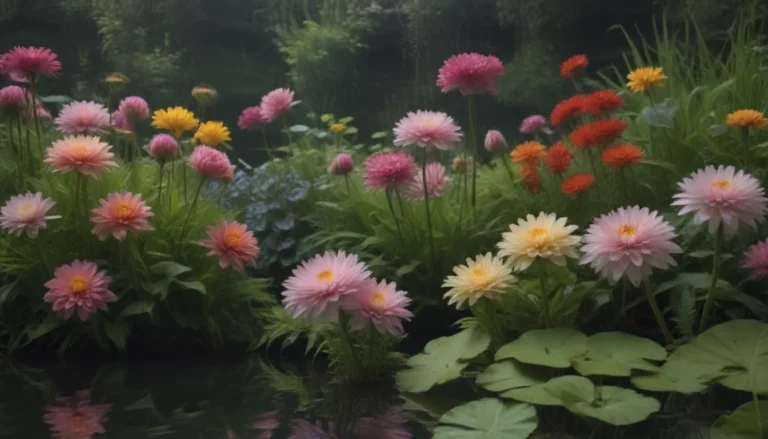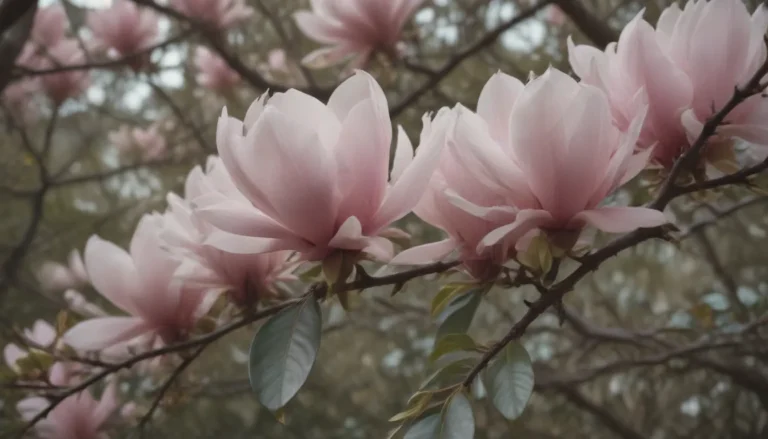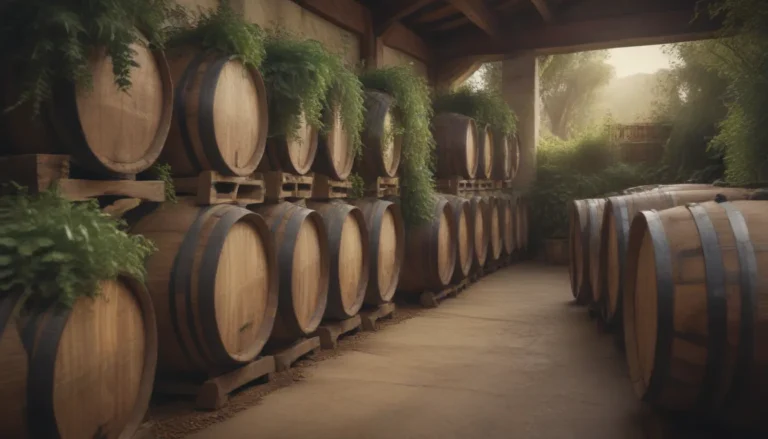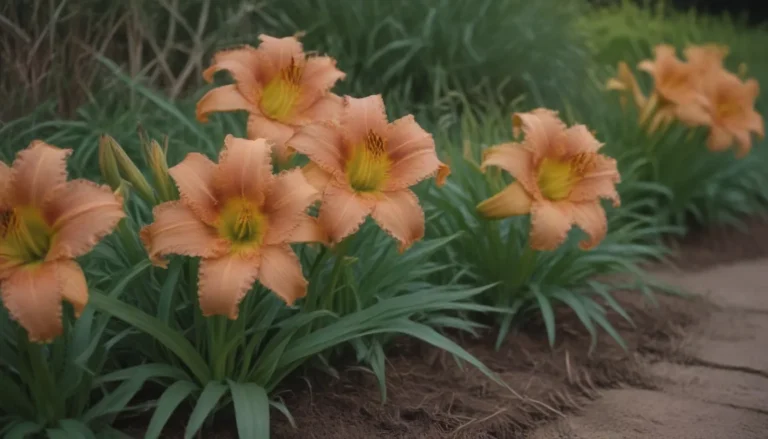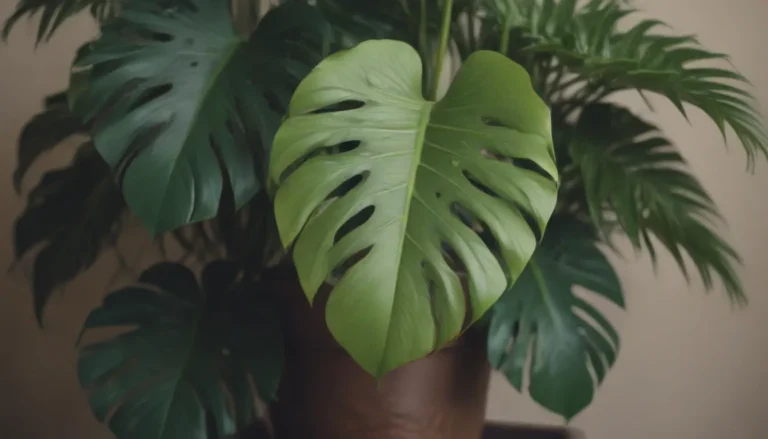Comprehensive Guide to Growing and Caring for Colorado Blue Spruce Trees

Are you looking to add a touch of elegance to your landscape with the beautiful Colorado blue spruce tree? This slow-growing coniferous evergreen tree, also known as blue spruce, is a popular choice for its striking silvery-blue foliage color, sharp short needles, and pyramid shape. In addition to being commonly used as a Christmas tree, the Colorado blue spruce is a versatile tree that can be a stunning focal point in any garden or yard.
In this comprehensive guide, we will walk you through everything you need to know about growing and caring for Colorado blue spruce trees. From light and soil requirements to watering, fertilizing, pruning, propagating, and common pests and diseases, we’ll cover it all to ensure your blue spruce trees thrive and flourish.
Colorado Blue Spruce Care Requirements
When it comes to caring for your Colorado blue spruce trees, there are a few key factors to keep in mind to ensure their health and vitality. Here are the main care requirements for growing a Colorado blue spruce:
Light
Colorado blue spruce trees thrive in full sun, so it’s essential to plant them in a spot where they receive at least six hours of unfiltered sunlight daily. While they can tolerate some shade, planting them in low-light areas can increase the risk of disease.
Soil
A well-drained, fertile soil is ideal for Colorado blue spruce trees. Although they can adapt to different soil types, including loamy, sandy, or clay soils, they prefer a pH range between 6.0 and 7.5. However, these trees are quite resilient and can tolerate highly acidic or alkaline soils.
Water
While Colorado blue spruce trees are drought-tolerant once established, they still benefit from regular watering, especially during the first season. It’s essential to keep the soil moist but avoid waterlogging or creating standing water around the tree’s base.
Temperature and Humidity
Native to high mountain areas, Colorado blue spruce trees are tolerant of dry, cold weather. They can handle heat and humidity better than other spruce varieties, but extreme heat can cause their needles to turn brown and fall.
Fertilizer
Colorado blue spruce trees do not require frequent fertilization. However, a spring application of a balanced slow-release fertilizer can provide them with an added nutritional boost, resulting in longer needles and improved needle color.
To prevent fertilizer burn, consider using natural and pet-friendly options like compost, fish emulsion, cottonseed meal, or alfalfa meal.
Types of Colorado Blue Spruce Trees
Colorado blue spruce trees come in various varieties, each with its unique characteristics. Here are some popular types of Colorado blue spruce trees:
- **Picea pungens “Baby Blue Eyes”
- **Picea pungens ‘Bakeri’
- **Picea pungens ‘Glauca Globusa’
- **Picea pungens ‘Moerheimii’
- **Picea pungens ‘Montgomery’
Pruning and Propagating Colorado Blue Spruce Trees
While Colorado blue spruce trees do not require pruning, you can prune them to promote denser foliage. Propagating these trees can be done through mid-summer cuttings, which are then planted in the fall. Proper care, including the use of a rooting hormone and adequate moisture, can help ensure successful propagation.
If you’re interested in growing Colorado blue spruce trees from seed, patience is key. Collect and dry pinecones to obtain seeds for planting. This process can take time, but with patience and care, you can grow blue spruce trees from seed successfully.
Overwintering and Common Pests & Diseases
Colorado blue spruce trees are native to cold climates, making them well-suited for winter conditions. While established trees do not require special care during the winter, it’s essential to protect them from hungry animals and heavy snowfall.
Common pests and diseases that may affect Colorado blue spruce trees include fungal tip blight, needle cast, beetle kill, aphids, spruce spider mites, Cooley spruce gall adelgid, and canker. To prevent and manage these issues, consider using non-toxic horticultural oils and natural remedies to protect your trees.
Common Problems and Solutions for Colorado Blue Spruce Trees
Established Colorado blue spruce trees are relatively low-maintenance, but they can encounter issues such as overwatering, winter injury, and spruce decline. Here are some common problems and solutions for Colorado blue spruce trees:
- Browning Needles and Die Off: Signs of overwatering include browning needles, wilting branches, and die-off. Ensure proper drainage and avoid overwatering to maintain tree health.
- Red or Purple Needles: Winter injury can cause needles to turn purple, red, or brown. Plant blue spruce trees in suitable locations and provide adequate water to prevent winter injury.
- Bottom Appears to Be Dying: Spruce decline can result from various factors, including high temperatures, humidity, and fungal diseases. Address the underlying issue to revive the tree’s health and vitality.
Remember that Colorado blue spruce trees are long-lived, with some specimens living up to 200 years or more. While they provide beauty and structure to your landscape, it’s essential to monitor their health and address any issues promptly to ensure their longevity.
In conclusion, growing and caring for Colorado blue spruce trees can be a rewarding experience. With proper attention to light, soil, water, and maintenance requirements, you can enjoy the beauty of these majestic trees in your garden or yard for years to come. Whether you’re planting them as windbreaks, privacy screens, or ornamental trees, Colorado blue spruce trees are sure to enhance the aesthetic appeal of your outdoor space.
References:
– Blue Spruce: Common Health Issues in the Landscape. University of Massachusetts Amherst Extension Landscape, Nursery, and Urban Forestry Program.
– Blue Spruce. U.S. Department of Agriculture and Natural Resources Conservation Service.
– What is spruce decline and what should you do about it? Christmas Trees.

